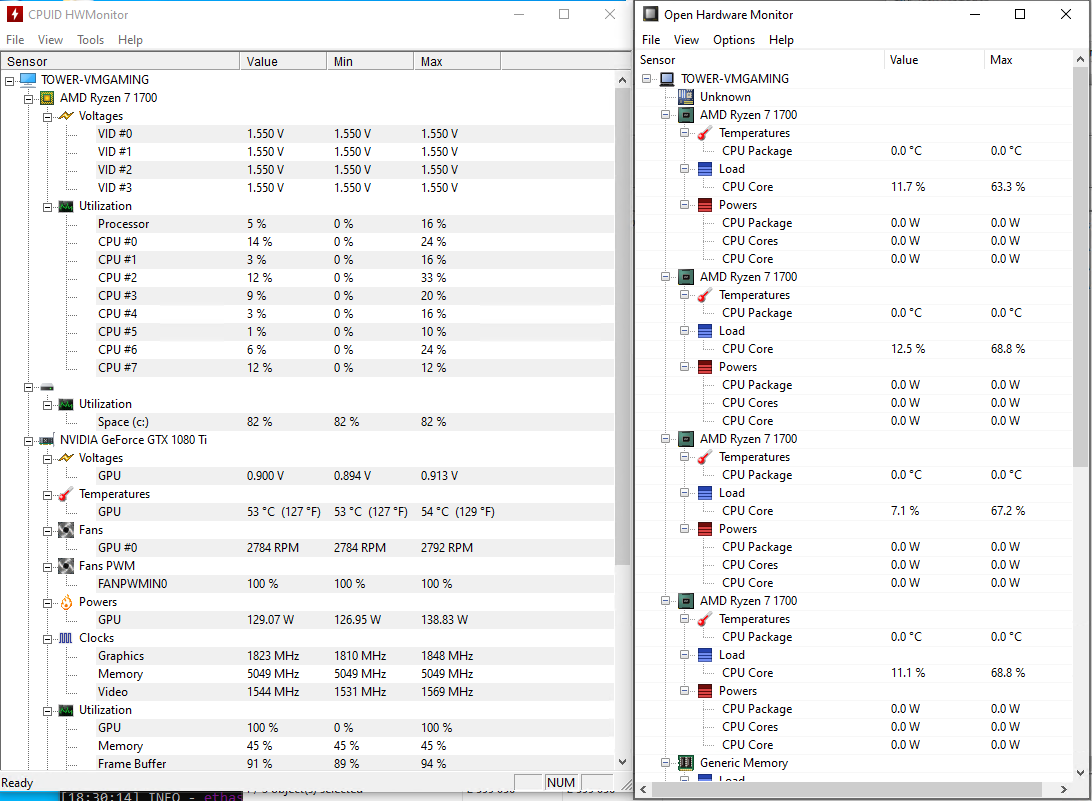
You can also see the frequency limit set by the hardware like this: cat /sys/devices/system/cpu/cpu0/cpufreq/bios_limitĪlternatively, you can start a cpu-intensive process and check /proc/cpuinfo again, if all is well, the frequency should now be different. To check the actual maximum frequency available to your CPU, you can use the cpufreq-info program if installed: cpufreq-info | grep "available frequency steps" You can find more information about each of them here. You can check which governor is set with this command: cat /sys/devices/system/cpu/cpu0/cpufreq/scaling_governor By continuing to use Pastebin, you agree to our use of cookies as described in the Cookies Policy. If that is set to "ondemand", then the CPU frequency will be scaled up/down in response to the current load of the server. We use cookies for various purposes including analytics. On Linux systems, this is controlled by the "cpu governor". Most modern systems scale the CPU frequency according to the current need. How can that be?Īs bandito wrote, the information in /proc/cpuinfo is real-time and will be updated to show the current CPU frequency. 64 address sizes : 46 bits physical, 48 bits virtual power management.


I called my provider and they said that the 2.2 GHz are not shown, but they are installed. The file /proc/cpuinfo displays what type of processor your system is running. Model name : Dual-Core AMD Opteron(tm) Processor 1218 HEįlags : fpu vme de pse tsc msr pae mce cx8 apic sep mtrr pge mca cmov pat pse36 clflush mmx fxsr sse sse2 ht syscall nx mmxext fxsr_opt rdtscp lm 3dnowext 3dnow extd_apicid pni cx16 lahf_lm cmp_legacy svm extapic cr8_legacy When in run the command cat /proc/cpuinfo I get the following result: processor : 0

Linux PM Framework CPUIdle Idle threads trigger sleep states (C0, C1, ) CPUFreq CPU Frequency scaling (CPU DFS) CPU DVFS CPU Hotplug DDR DVFS Peripheral DVFS Suspend (save to RAM. To display more details such as temperature and power, use the -debug option. You can simply view the information of your system CPU by viewing the contents of the /proc/cpuinfo file with the help of cat command as follows: cat /proc/cpuinfo. Model name : Intel(R) Core(TM) i5-2540M CPU 2.60GHzįlags : fpu vme de pse tsc msr pae mce cx8 apic sep mtrr pge mca cmov pat pse36 clflush dts acpi mmx fxsr sse sse2 ss ht tm pbe syscall nx rdtscp lm constant_tsc arch_perfmon pebs bts rep_good nopl xtopology nonstop_tsc aperfmperf eagerfpu pni pclmulqdq dtes64 monitor ds_cpl vmx smx est tm2 ssse3 cx16 xtpr pdcm pcid sse4_1 sse4_2 x2apic popcnt tsc_deadline_timer aes xsave avx lahf_lm epb tpr_shadow vnmi flexpriority ept vpid xsaveopt dtherm ida arat pln ptsĪddress sizes : 36 bits physical, 48 bits virtualīut in armbian I see something I haven't seen before.I rent a server which should have "2 Cores x 2,2 GHz". Power Modes DFS Halt Doze Sleep Hibernate. Lastly, it can indicate a potential for tuning the virtual memory manager. With that said, below are 9 commands for getting info about your Linux CPU. On every multicore system I have ever used I always see the cores split out into separate processors in cpuinfo like this: Ok I likely dont know what I am talking about and I have been able to verify SMP working but something is bothering me. I am enjoying armbian so thanks all for it and well first post as well so Hi and stuff.


 0 kommentar(er)
0 kommentar(er)
